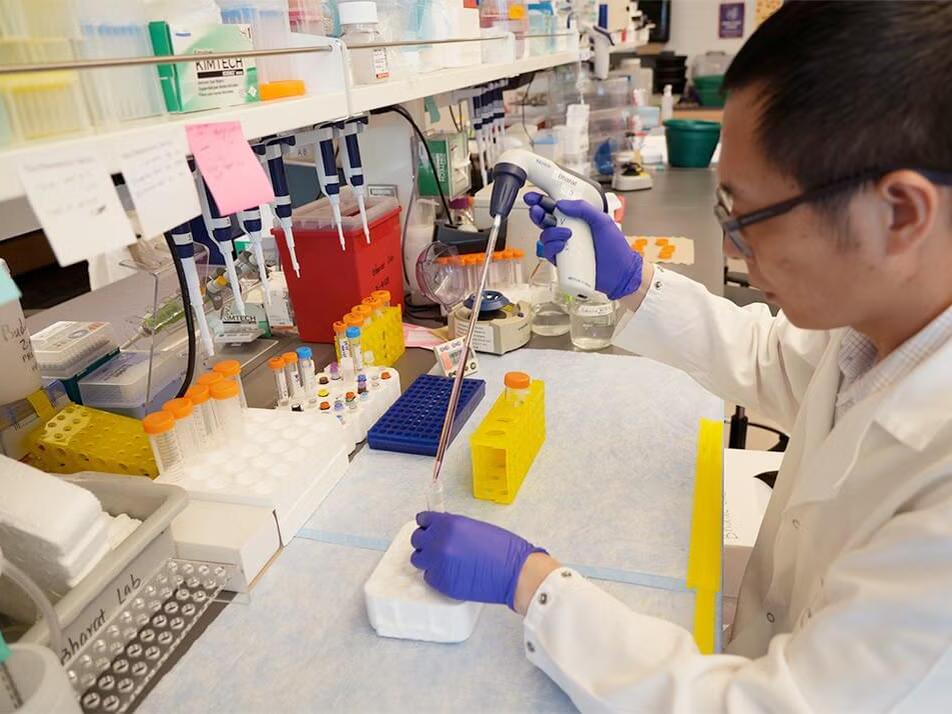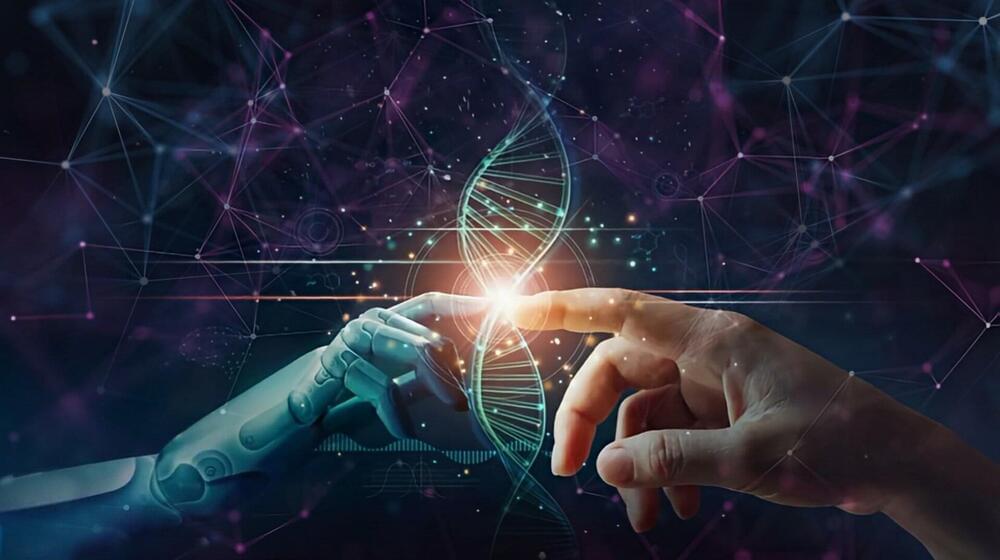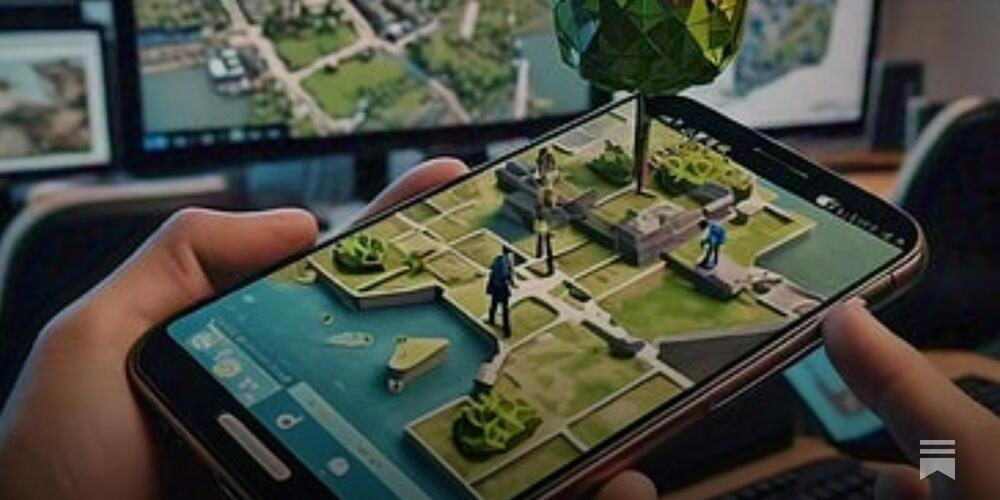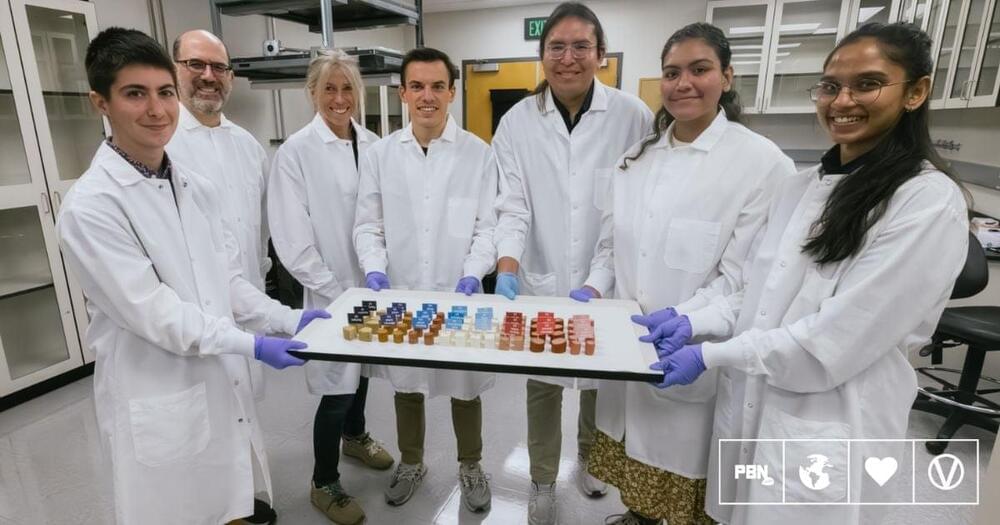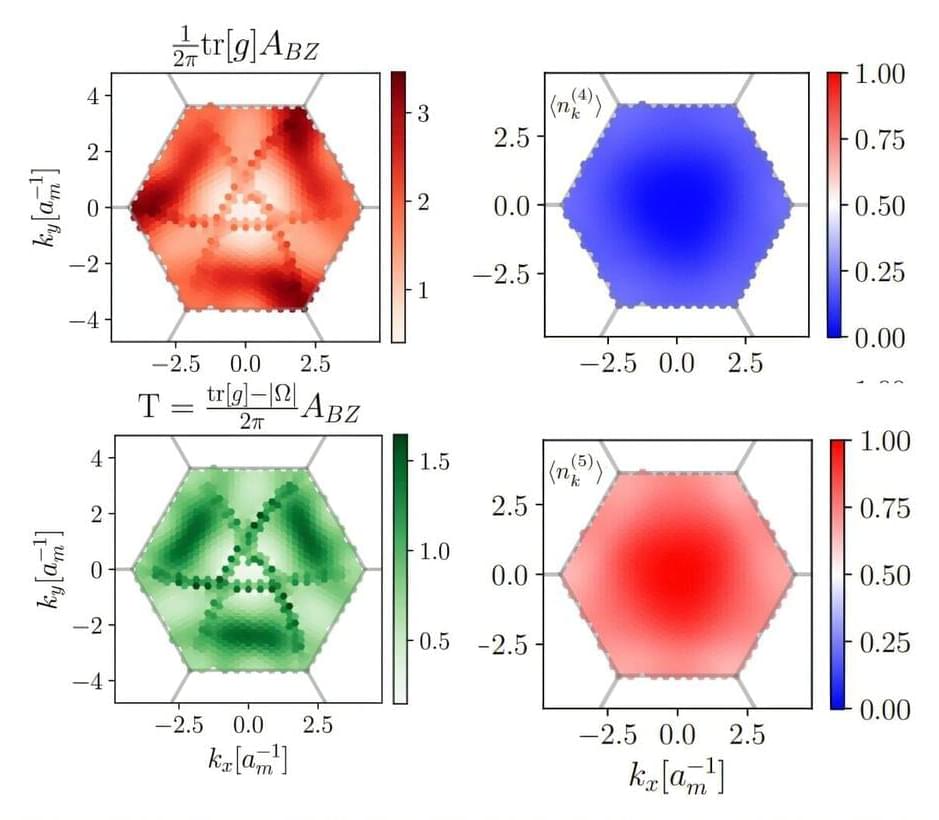Nov 20, 2024
Covid might cure cancer. No, you didn’t read that wrong
Posted by Paul Battista in category: biotech/medical
Illinois researchers have found an unbelievable link between infection with Covid and cancer regression where tumors decrease in size or extent.
Using animals and tissue from humans, scientists observed that the RNA molecules of the SARS-CoV-2 virus, which is responsible for the disease, triggered the development of a special cell in the immune system that has anti-cancer properties.
Known as “inducible nonclassical monocytes” or “I-NCMs,” these special cells attack cancer cells and could be used to treat cancers that are resistant to current therapies, according to Northwestern Medicine Canning Thoracic Institute scientists.
